The latest round of headlines about the PlayStation 5’s sales data against the Xbox Series X / S is first and foremost an exercise in creating a narrative. Satya Nadella, Microsoft’s CEO, proudly announced with the release of the first quarterly report for 2022 that the new generation of Xbox has surpassed the PlayStation 5 in recent months and “has become the leading console in the European and American markets”, but in order to claim this Microsoft needs interpretation. That being said, a little creative of the real picture in the market.
However, a year and a half after the two expected consoles hit the shelves, with hype that could only match their supply issues, a number of things can be said with certainty about the current round of “Console War”: First, right now the PlayStation 5 is still leading. Second, Microsoft has recovered from the defeat in the previous round and its current generation is definitely competitive, if not above that. Third, if Microsoft is indeed the first to recover and emerge from the consequences of the chip crisis on its production chain, the consequences for competition between the two will be dramatic.
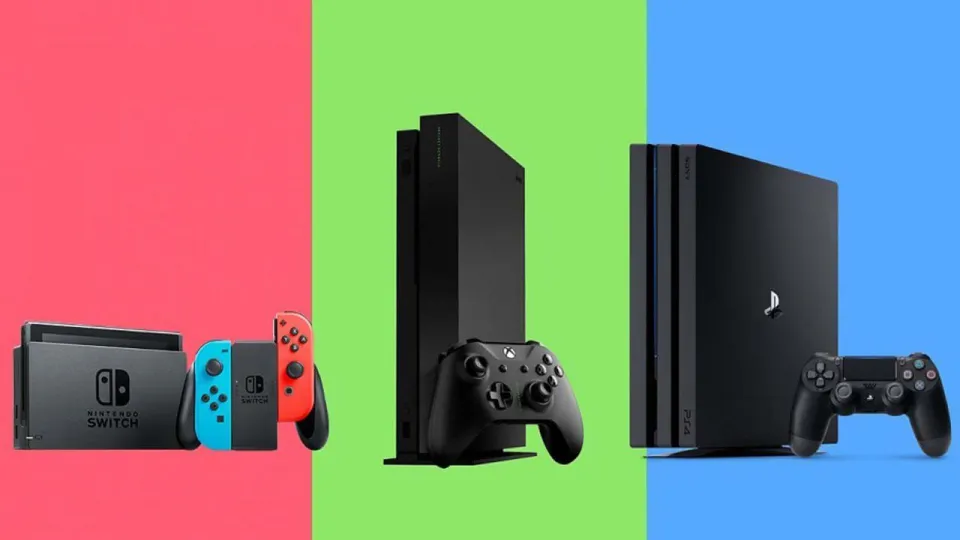
So yes, Microsoft’s market leadership celebration is still early. In the first months of the year, in total sales of the last year and a half, the PlayStation 5 was still valued as a leader (about 17 million units) over the Xbox (about 12 million units). And even if Microsoft narrows the gap and is spot-on this quarter over its competitor, there are still some factors that distort the picture in its favor.
Just do not say switch
The biggest star to experience alongside Nadella’s remarks is the careful wording in his victory speech. He was careful to point out that the market in which the Xbox Series consoles lead (this is the premium X console and its little sister the S – without 4K support, with a small and inconvenient hard disk, but also at half the price. Sony, also offers two models, but the only difference between them Is the Blu-ray drive and the difference in price is $ 100, or about 600 NIS in Israel) is the next-gen console market. Since 2013, Sony and Microsoft have released their consoles head to head, that week in November, just in time for the sales peak of Christmas, and around them was also defined as the current “generation of consoles”, the ninth in number (with the first being counted between 1972 and 1983 and its big winner being Atari).
It’s true that in terms of technology the Switch does not play in the field of Sony and Microsoft, but in practice, in terms of its ability to move units and sell games in 2022, Nintendo is completely in competition, and it even leads
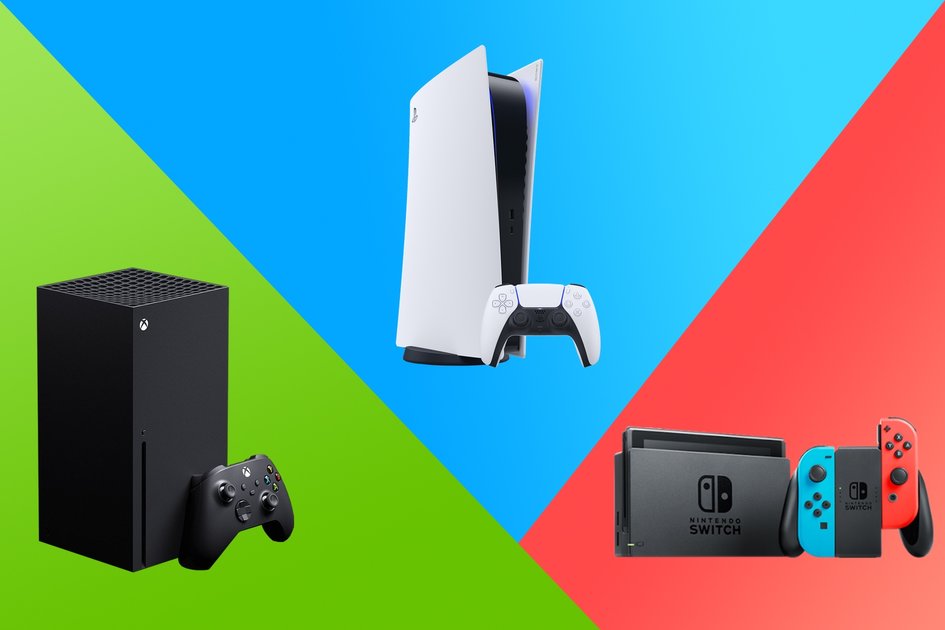
This wording is especially convenient for Microsoft, because it saves Nadella – and Sony, in the defense arguments phase – the need to include in the competition Nintendo, whose switch console was released in 2017 but, for a variety of reasons, continues to sell like crazy: five years after its release it is already Has sold over 100 million units, and it can be estimated that it will overtake all PlayStation 4 sales by the end of the year (116 million units since 2013). It has a certain chance of even screwing around at the top of the console ever sold, where it faces heavy competition from the legendary PlayStation 2 (155 million units, hit the market in 2000 and its production was finally discontinued in early 2013).
From a generational point of view, the Switch is not a Next-Gen console, but it is about as relevant as the debate over whether someone born in 1985 is considered a millennial. It’s true that in terms of technology the Switch does not play on the field of Sony and Microsoft, but in practice, in terms of its ability to move units and sell games in 2022, Nintendo is completely in competition, and it even leads.

All of the above really does not detract from the beautiful recovery of Microsoft. Although it is a much larger company and richer than Sony, in the battle that began in November 2020 it came in as a loser, and another by knockout. For seven years, Microsoft’s deep pockets failed to cause the second console in its history, the Xbox One, to rise in front of the PlayStation 4. The reasons were multiple – some of them Microsoft’s mistakes, such as a failed attempt to brand their console as a multidisciplinary home media station That Sony just put all their focus on making a device that runs games; Some are Sony’s successes, like a string of exclusive titles (Last of Us, Uncharted, Horizon Zero Dawn, God of War, Spiderman) that have become huge hits, the kind you buy a console for.
In general, the mistake that accompanied Microsoft during those years was that it thought of too many of its moves as answers to those of Sony. And so, with a much smaller budget and without all the services and in-depth systems available to Microsoft, Sony left it far behind.
Microsoft dug very deep into the pockets and bought gaming giants such as Bethesda for $ 7.5 billion and Activision-Blizzard in a $ 68 billion deal, which made the Bethesda deal look like small money. Either way, it inflated Microsoft’s catalog exactly where it was weak
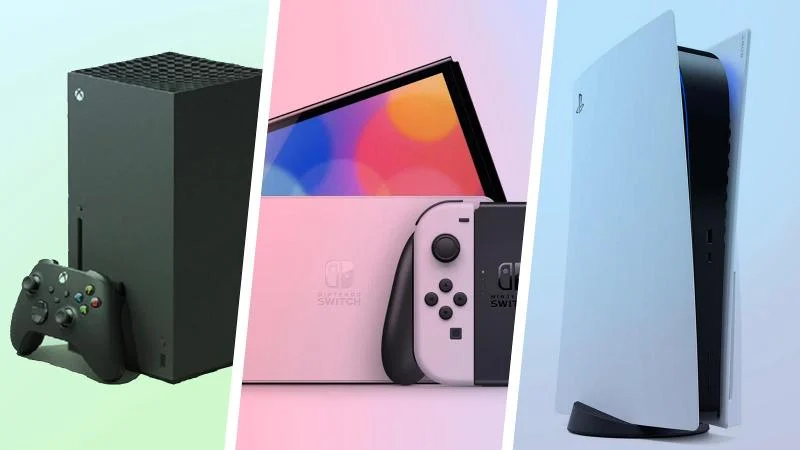
So the most impressive thing about Microsoft’s strategy ahead of the Xbox Series launch was the way it rethought the market. The endless budget available to her gaming division is, of course, central to the moves it has leveraged, but this time it has finally used it properly. Microsoft on the one hand dug very deep into the pockets and bought gaming giants such as Bethesda for $ 7.5 billion, in what was then, in September 2020, one of the largest deals in gaming history, and in February 2022 bought Activision-Blizzard in a $ 68 billion deal, which resulted in The Bethesda deal look like a little money. Either way, it inflated Microsoft’s catalog exactly where it was weak: in huge titles such as Doom, Fallout, Elder Scrolls (in the Bethesda deal) and Call of Duty, Warcraft and Overwatch (in the Activision-Blizzard deal).
But it did not stop there. Microsoft, perhaps for the first time in the history of the Console War, managed, in a more negative interpretation, to force Sony to change its strategy, or in a more positive interpretation – signaled to it where its success had made it conservative and fixed. It’s quite rare – and very interesting – to see a much larger company forced to think more creatively than a smaller company, which has nevertheless led this market for years.
But that’s exactly what happened. Microsoft has made Sony change its approach twice: First in its approach to distributing exclusive games from consoles on the PC: Already a few years ago, Microsoft realized that it makes no sense to keep certain games exclusive to Xbox, and that Microsoft is Microsoft is Microsoft – and all Xbox games started coming straight to Windows (An integration that Microsoft has included even more in the current generation of consoles, which allows you to start playing a game on Xbox, stop, switch to PC at the point where you stopped and come back, God forbid).
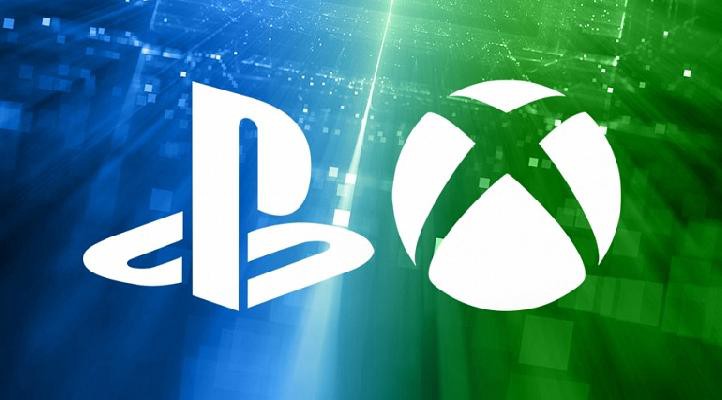
Sony, too, in the past two years, which was once deeply entrenched in its PlayStation-only exclusivity, has begun to soften positions, and beloved exclusive titles like God of War and Death Stranding have recently had significant PC successes. However, compared to Microsoft, Sony still does not have a uniform policy on the subject and the fate of each game and an absolute game on its own. In addition, Sony, after several years of refusal, chose to launch a competing service for Microsoft’s Pass this coming summer – a gaming library with a subscription fee. For Sony this is a U-turn mainly because for many months they have consistently claimed that they are not interested in launching such a service, and now any such move seems like a tail between the legs.
The war on the supply chain
But back to the present. This week, for the first time since the new consoles were launched in November 2020, it was available in the United States at branches of chains such as Walmart and Best Buy Xbox Series X / S consoles, with an emphasis on the X. The inventory is not endless yet, but the shelves are finally full. On the other hand, the shelves of the PlayStation 5 are still empty most of the time. This is, of course, also related to the high demand for both consoles, but it is more related to the severe disruptions in the global chip supply that has accompanied the various technology industries since the outbreak of the Corona. In general, a shortage of consoles is quite common in the first months of launch – but such an irregular supply about a year and a half after launch is something that has never been seen before.
The shelves of the PlayStation 5 are still empty most of the time, due to demand but mainly due to the severe disruptions in the chip supply. Console shortages are a fairly common occurrence in the first few months of launch – but such an irregular supply for a year and a half is something that has never been seen before.

This, too, according to some reports, Microsoft solved with money: it paid certain factories to prioritize it on the production lines, as Sony did with the PlayStation 5 near launch. This is a perfect storm: on the one hand, public and consumer interest in gaming has reached new heights since the Corona, when many people had to develop new household hobbies (and gaming stayed with people, it turns out, long after they got tired of baking), a few months before launching consoles. Before. The increase in demand even caused the two companies to almost double the number of consoles they planned to produce for the launch – and then go back to them when they realized that there were simply not enough chips in the factories to meet the demand.
It is too early now to determine how the chip crisis will continue to affect the war between consoles. Keep in mind that both companies sell the devices themselves at a loss, and the real profit is to grab consumers for a good few years of buying games and other content. If Microsoft continues to be the more available console on the shelves, it could certainly skew the delicate balance between the two. If Sony narrows the gap, it’s again. There will be an open hunting season.
Also, one important thing to keep in mind: “Console War” is, after all, more than business competition. It is a 50-year-old journalistic narrative that has changed its face more than once: from the battle between Magnavox, now remembered mainly by gaming historians, and Atari that exists in a particular incarnation to this day (in that incarnation the console war also included a bitter legal battle over patents). Then it was Nintendo versus Sega; Nintendo vs. Sega vs. Sony; Sony vs. Nintendo and finally the trinity we know today.
The console war narrative was courageously and hugely embraced by avid fans. Every business characteristic gets an emotional twist: Xbox players are Flavians, PlayStation players are detached elitists. But these are cultural narratives and they change much more slowly than business policy
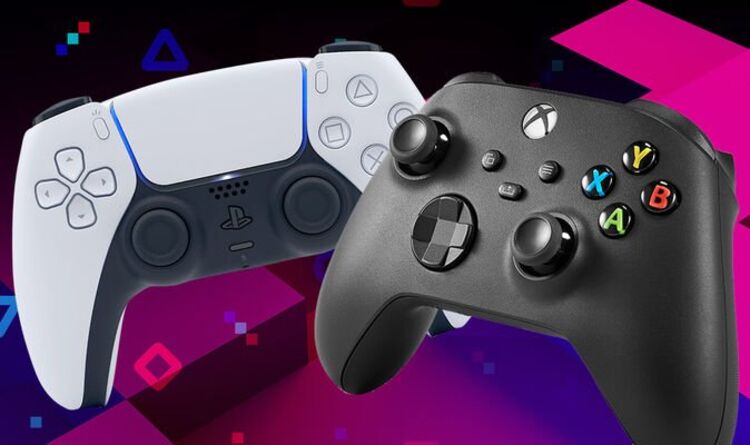
The console war narrative has been embraced and hugely embraced by sworn fans of the consoles, who are happy to quarrel endlessly on Twitter over who is better. Every business feature – for example, Sony’s slow move towards the perception of the PlayStation as a premium product – gets an emotional twist in these quarrels: Xbox players are Flavians, PlayStation players are detached elitists. But these are cultural narratives and they change much more slowly than business policy.
For example, before the launch of the Xbox Series, Phil Spencer, head of Microsoft’s gaming division, said in an interview that he believes that the smaller and cheaper of the two consoles that his company released to the market, the S, will eventually sell more than its big sister. Spencer learned something from the move by Nintendo, which sold a small, portable console, with its own segment, and made a huge profit, and said that for him the war is no longer a war – he has no problem buying people the Xbox as a second or even third console, for a PlayStation 5 – thing That until a few years ago there was a move for only the heaviest addicts (or people with too much money). And if the predictions of some of the industry futurists come true, we are generally stepping into a future devoid of home hardware, where our consoles are sitting in the cloud in remote server farms and we will just have to connect to them. So what are Sony and Microsoft fans competing for online? Well, they’ll already find out about what.

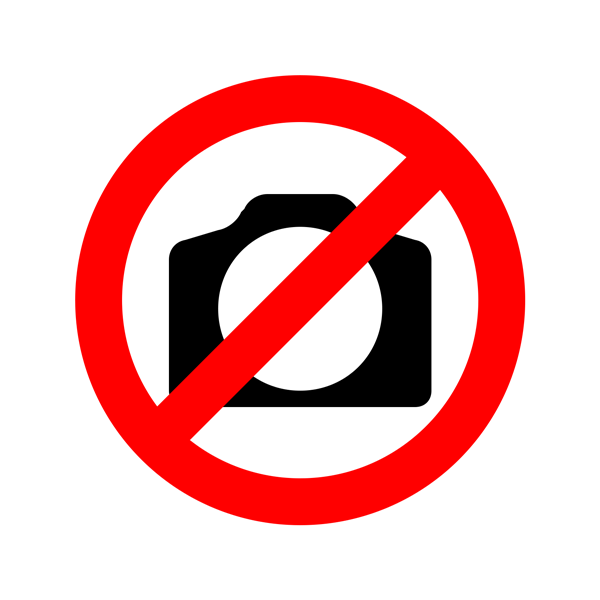
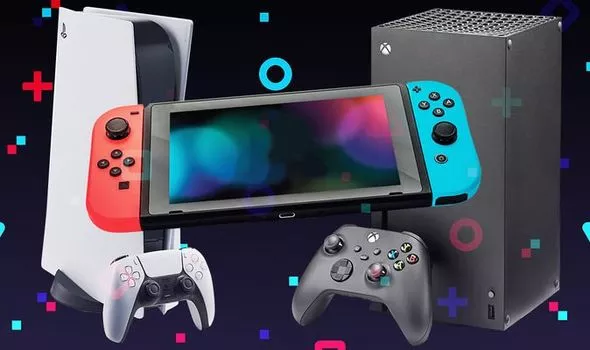
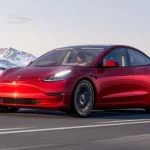

GIPHY App Key not set. Please check settings